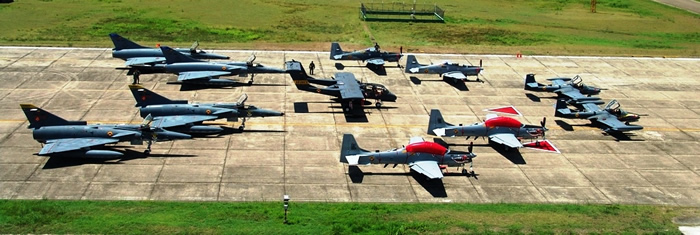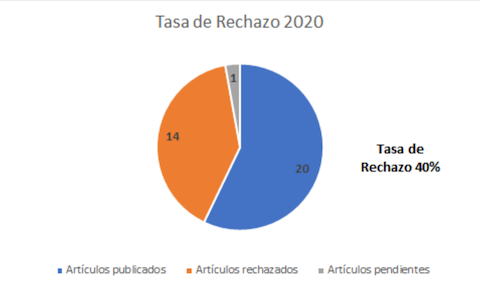Air Force and Strategic Deterrence
DOI:
https://doi.org/10.18667/cienciaypoderaereo.135Keywords:
Air Force, Armed Conflicts, Deterrence, Strategic LimitationsAbstract
The following article presents an analytical approximation regarding the strategic deterrence of the air force in armed conflicts and modern warfare, concluding that despite being a relevant military tool for coercion, by its own faces great challenges to achieve decisive victories in the long term in conflicts with high level of radical ideological motivations.
Downloads
References
Cordesman, A., and Wagner, A. (1990, 1996). Offensive Air Power,Strategic Bombing and Preparation for the Ground Offensive. The lessons of modern war, pp. 481-616. Boulder, Colorado: Westview Press.
Douhet, G. (1921). The Command of Air.The Air University. Retrieved from http://www.au.af.mil/au/awc/awcgate/readings/command_of_the_air.pdf
Dupuy, T. (1978). Elusive victory: the Arab-Israeli wars, pp. 1947- 1974. New York: Harper&Row.
Fadok, D. John Boyd and John Warden (1995). Air Power's Quest for Strategic Paralysis, Air University Press, Maxwell Air Force Base, Alabama. Retrieved http://www.fas.org/man/eprint/fadok.htm
Fernandes, C and Stockings, C. (2006). Airpower and the Myth of Strategic Bombing as Strategy ISAA Review. Vol. 5 (2). Retrieved from http://hass.unsw.adfa.edu.au/staff/Documents/Strategic%20Bombing.pdf
Lamberth, B. (2000). The Role of Air Power Going into the 21st Century. Emerging threats, force structures, and the role of air power in Korea, pp. 115-141. Santa Monica, California: RAND.
Lombo, J. (2002). El poder aéreo, instrumento decisivo para la resolución de crisis del siglo XXI. Revista Arbor, 674, pp. 231- 257.
https://doi.org/10.3989/arbor.2002.i674.1030
Jones, R. (1996). Israeli air superiority in the 1967 Arab-Israeli War: An Analysis of Operational Art. Naval War College.Retrieved from http://webcache.googleusercontent.com/search?q=cache:M87eHrfLOXoJ:www.dtic.mil/cgibin/GetTRDoc%3FAD%3DADA311683+&cd=1&hl=es-419&ct=clnk&gl=co
McWilliams, W., and Piotrowski, H. (2001). The World since 1945: A History of International Relations (5th ed.). Boulder, Colorado: Lynne Rienner Publishers.
Mueller, Karl. (2010). Air Power. Santa Monica, California: RAND
Royal Air Force (2009). British air and space power doctrine. Great Britain: Directorate of Air Staff, Ministry of Defence.

Issue
Section
License
Assignment of Copyrights
Authors assign Ciencia y Poder Aéreo journal the exclusive rights (reproduction, distribution, public communication, and transformation) to exploit and commercialize their work, in whole or in part, in all the formats and modalities of present or future exploitation, in all languages, throughout the life of the work and throughout the world.
All contents published in Ciencia y Poder Aéreo journal are licensed under a Creative Commons Attribution 4.0 International License, whose complete information is available at http://creativecommons.org/licenses/by/4.0/
Under the terms of this license, users are free to download, print, extract, archive, distribute and publicly communicate the content of articles, provided that proper credit is granted to authors and Ciencia y Poder Aéreo, scientific journal of the Graduate School of the Colombian Air Force. Except when otherwise indicated, this site and its contents are licensed under a Creative Commons Attribution 4.0 International License.
For other uses not considered under this license it is required to contact the Director or the Editor of the journal at the e-mail address cienciaypoderaereo1@gmail.com.
The Graduate School of the Colombian Air Force and this publication are not responsible for the concepts expressed in the articles, including the metadata or the affiliation stated by authors. This is the full responsibility of the authors.





















